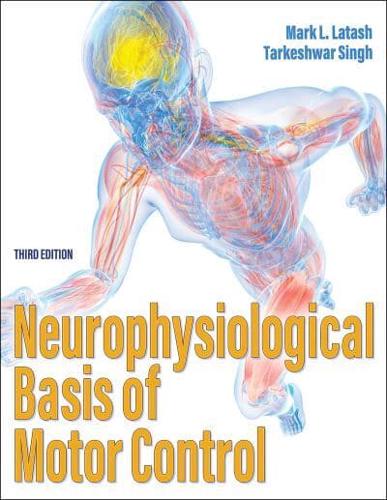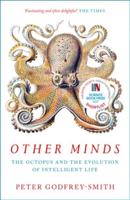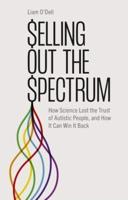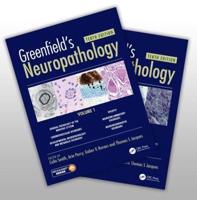Publisher's Synopsis
The study of motor control is evolving into a field of natural science comparable in its rigor and exactness to established fields such as classical physics. This advancement necessitates a resource that offers more precise terminology and rigorous logics. Neurophysiological Basis of Motor Control, Third Edition, rises to the challenge by building on its foundation with thoroughly updated information, expanded content, and an organizational overhaul. By emphasizing the neurophysiological mechanisms involved in the processes of generating voluntary movements, the text offers a distinct understanding of how the brain generates control signals and how the body executes them.
Author Mark Latash, PhD-founding editor of the journal Motor Control and past president of the International Society of Motor Control (ISMC)-combines his expertise with the experience of new coauthor Tarkeshwar Singh, PhD, director of the Sensorimotor Neuroscience and Learning Laboratory at Penn State University. In the third edition of this book, previously titled Neurophysiological Basis of Movement, the authors present the following:
- New chapters on motor learning and sensorimotor integration
- Expanded sections dedicated to the role of different sensory modalities in motor control, kinesthetic perception, and action-perception interactions
- An exploration of the basis of neuroanatomy, aging and development, motor disorders, and basic concepts such as coordination, reflexes, voluntary movement, sensation, and perception
Neurophysiological Basis of Motor Control, Third Edition, deepens students' knowledge of the link between the brain and movement with basic facts about neural motor control, neuroanatomy, and movement disorders. The text will help usher in a new era in the study of motor control, promoting independent thinking and sharing thought-provoking ideas on current theories of motor control and coordination.










